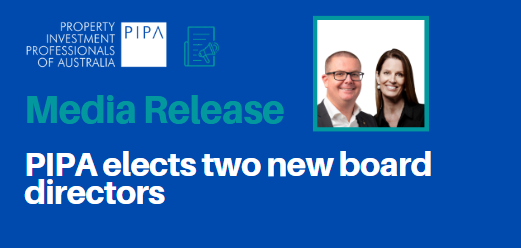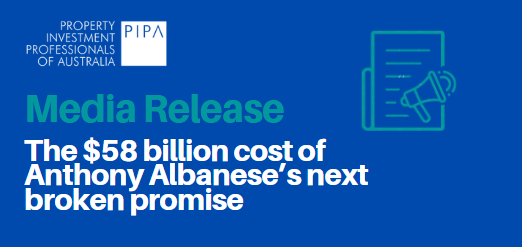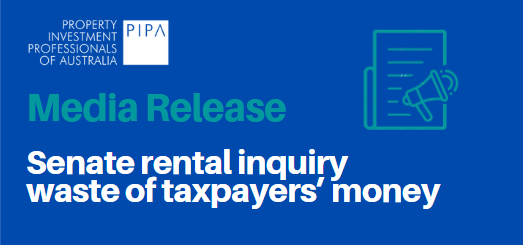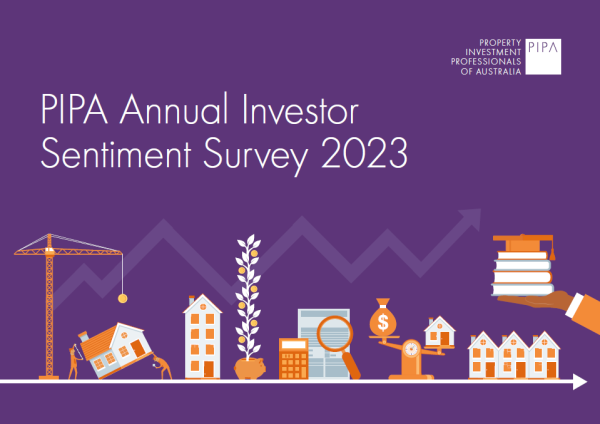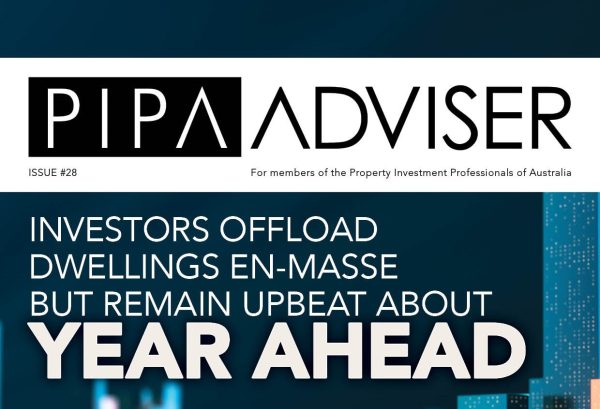PIPA sounds warning on rental affordability crisis
Oct 2021Karen Millers
Categories
Location ReportsMedia releasesNational market updatesPersonal advisersPIPA AdviserPIPA Annual Investor Sentiment SurveysPIPA Member ProfilesPIPA video updatesPIPA webinarsPodcastsProperty advisersProperty newsLatest Articles
‘More chance of winning lotto’ than housing targets being met
PIPA Member Profile | Amanda Turner, Opulence Property
The number of property investors active in the market remains below long-term averages and is likely to add further pressure to the availability of rental properties, according to the Property Investment Professionals of Australia (PIPA).
Analysis of recent lending data has found that from about 2007 to 2017, investors generally represented at least 35 per cent of the property market, however, for the past four years, their activity was constrained below this percentage due to the inequitable lending conditions at the time.
“The volume of investors has been trending up over the past few months, but the fact that they were generally stuck on the sidelines for a number of years means there is a significant rental property deficit in most parts of the nation,” PIPA Chairman Peter Koulizos said.
He said the tenant demand, versus rental property supply, imbalance had been worsening even since the over-zealous lending restrictions targeting investors came into effect in 2017.
According to SQM Research, the national vacancy rate most recent peak was in December 2016, when it hit 2.9 per cent – a percentage representative of a balanced market place.
However, Mr Koulizos said since that time there had been fewer and fewer rental properties available for tenants in most parts of the country because of the subdued numbers of investors in the market.
“The national vacancy rate is now just 1.7 per cent, according to SQM Research, with some areas having rental markets that are critically undersupplied, such as Adelaide and Perth with vacancy rates of 0.6 per cent as well as Hobart on just 0.5 per cent,” he said.
“This is happening during a period when our population is missing hundreds of thousands of new overseas migrants each year as well, with even Sydney’s vacancy rate reducing to 2.7 per cent over recent months.”
The reduction in rental property supply over the past four years was causing rents to increase strongly, which is creating financial and housing problems for many tenants, Mr Koulizos said.
“Since December 2016, national weekly house rents have increased by nearly 24 per cent and national weekly unit rents have jumped by 20 per cent, according to SQM Research,” he said.
“As we know, wage growth has been mostly stagnant over the same period of time, so how are people expected to find the additional funds that are required to lease a property?”
Mr Koulizos said with a new round of lending restrictions being introduced, it was time that all levels of government did more to provide accommodation for its population, rather than relying on investors to fund the majority of housing options.
“Spending on social housing has been reducing for decades, plus affordable housing schemes seem to be here today and gone tomorrow, depending on which political party is in power,” he said.
“The National Rental Affordability Scheme, or NRAS, could have helped to prevent the current rental affordability crisis, but it was axed in 2014 after just six years, and has not been replaced with any similar initiative as far as I am aware.
“When the next wave of overseas migrants’ land here in coming years, where are they going to live? Migrant accommodation camps like the 1950s? Something needs to be done – and it needs to be done now.”
ENDS
For more information, or to organise an interview with Peter Koulizos, please contact:
Bricks & Mortar Media | media@bricksandmortarmedia.com.au | 0405 801 979
